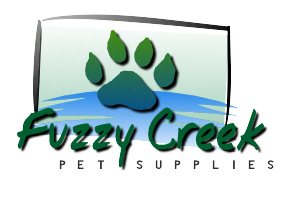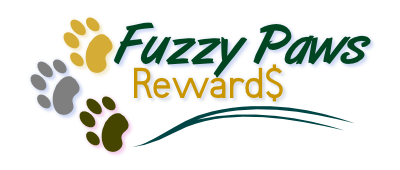Learning to use "Dog Speak"
Think you understand dog communication or Dog Speak? So did I years ago, but after spending countless days and hours with Murphy, I found out differently. Chances are, you’re often off base about what your dog is trying to “say” to you. Learning how to decipher “dog speak” can save you a lot of frustration and foster a more harmonious relationship between you and your canine companion. It will make your pup a lot happier, too!
Each year, I’ve come to find, that millions of dogs end up at shelters. Many of those dogs are brought in by people who insist that the dog bit “without warning” or “suddenly” became aggressive.
This is almost never true. Rather, it is a case of a lack of understanding by the human of what the dog has been trying to tell them.
Unfortunately, it is the dog that pays for this lack of communication – sometimes with his life. This could be completely avoided if we as pet parents learned to better understand dog communication.
Just imagine you are in a foreign country, and you are trying to speak to someone who does not understand your language. This is the world that our dogs find themselves living in every day.
Imagine how frustrated you would feel!
The key to good dog communication is for us humans to understand that dogs have their own language, and it's different from the way we communicate.
Here are some Common Dog Expressions that you may recognize:
Your dog is panting.
This is an obvious, one right? It just means he’s hot or tired.
Well… maybe.
Did you realize that panting is also a sign that a dog is stressed out? Since dogs don’t sweat as humans do (except from the pads of their feet), panting is their way of cooling themselves down. So if your dog is not exercising or in a warm environment and is panting hard, chances are he is stressed out.
Now, you just have to figure out whether this is due to a positive situation (as in excitement about going for a ride) or a negative situation (he’s fearful about something).
Your dog lies down, puts his face between his paws, and sighs.
If you think a “sigh is just a sigh”, think again. In fact, depending upon your dog’s facial expression at the time, a sigh can mean very different things in dog communication.
For example, if your dog’s eyes are half-closed when he sighs, this is a sign of pleasure and means that he is very content. On the other hand, if his eyes are wide open, it is a sign that he is disappointed and has given up (such as if he has been trying to get you to play with him and you haven’t responded).
Just like with people, to fully understand what a dog is “saying”, you must pay attention to his facial expressions as well as the sounds he makes.
Your dog yawns.
He must be tired!
Yawning certainly could indicate that your dog is tired, but it could also mean a whole host of other emotions. A dog that yaws might be stressed, tense or anxious. Dogs also yawn as message of “peace” toward another dog acting aggressively towards them (although this is not a sign of submission), which often serves to break the aggressive behavior. In turn, a dominant dog might yawn at a fearful dog to show him that there is no threat.
Your dog wags his tail.
We all know that a tail-wagging dog is a happy dog, right? Not necessarily!
Humans who think that a dog that’s wagging his tail is happy and playful can get themselves into a lot of trouble. Tail wags have many different meanings, depending on the position of the tail and the way it is wagging. For example, a tail that is held high and stiff while wagging in short movements indicates dominance and a warning, or threat, to back off. A dog might use such a wag, for example, if he feels someone is trying to take his food or toy.
Without good communication, our human relationships wouldn’t be very fulfilling. The same holds true for our human-canine relationships.
Taking the time to understand dog communication will deepen our bond with those furry little creatures we love so much and avoid a lot of stress and misunderstanding.
So, go ahead. Start learning “dog speak” today!

